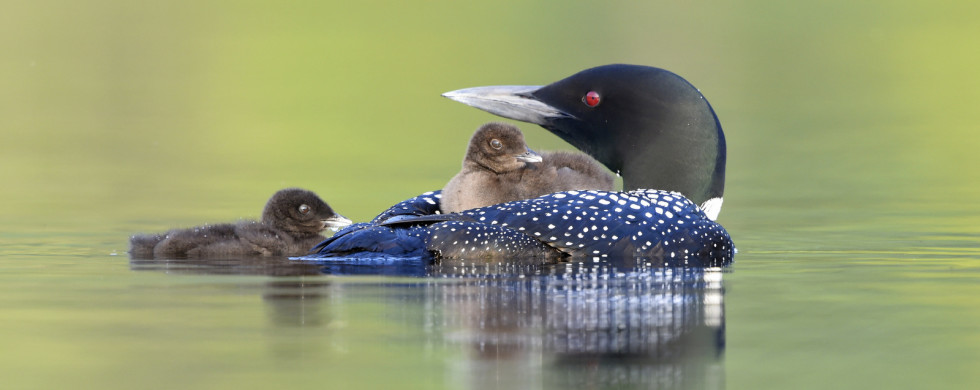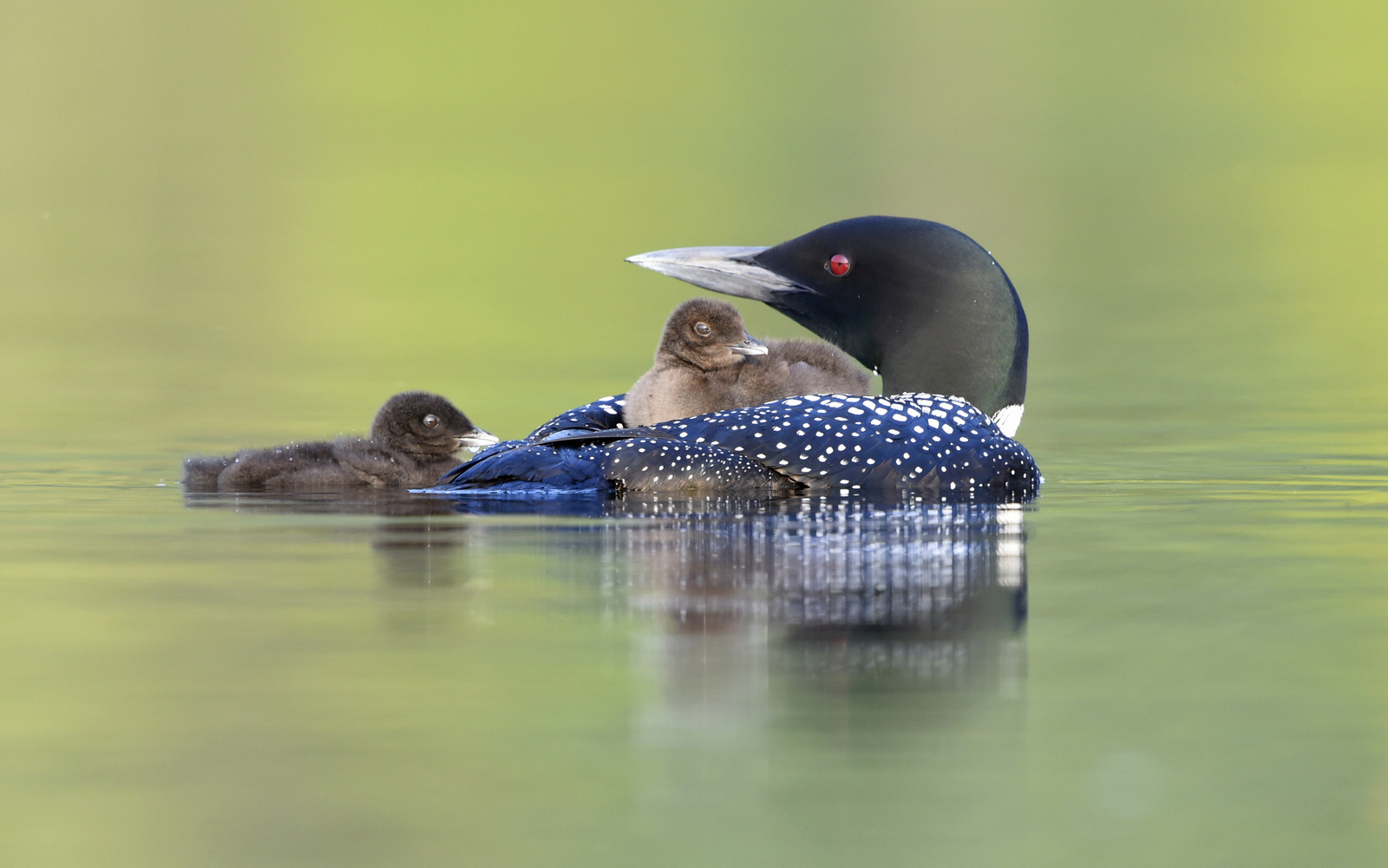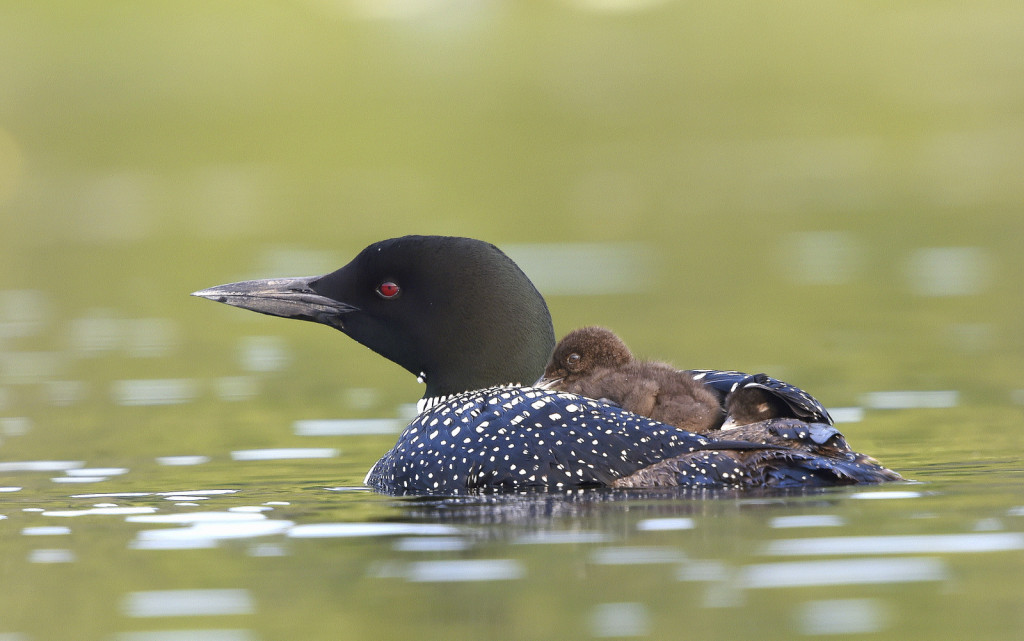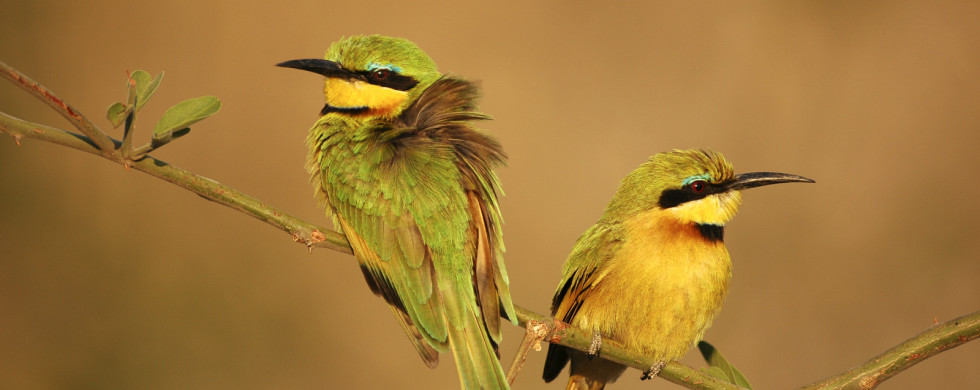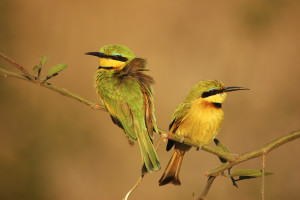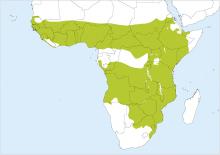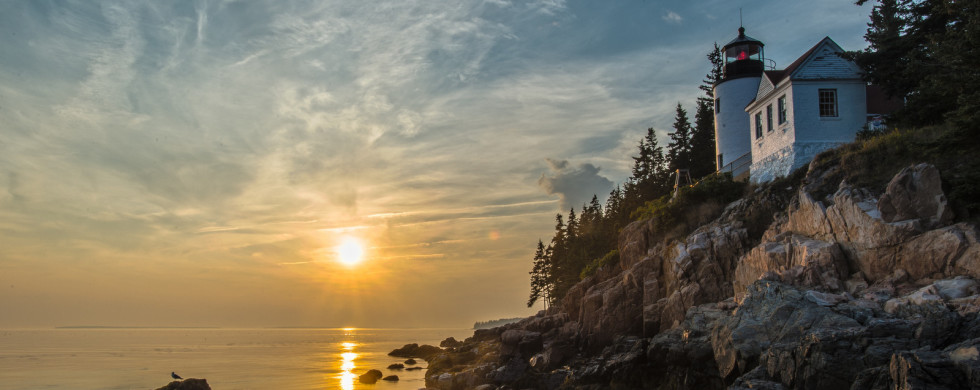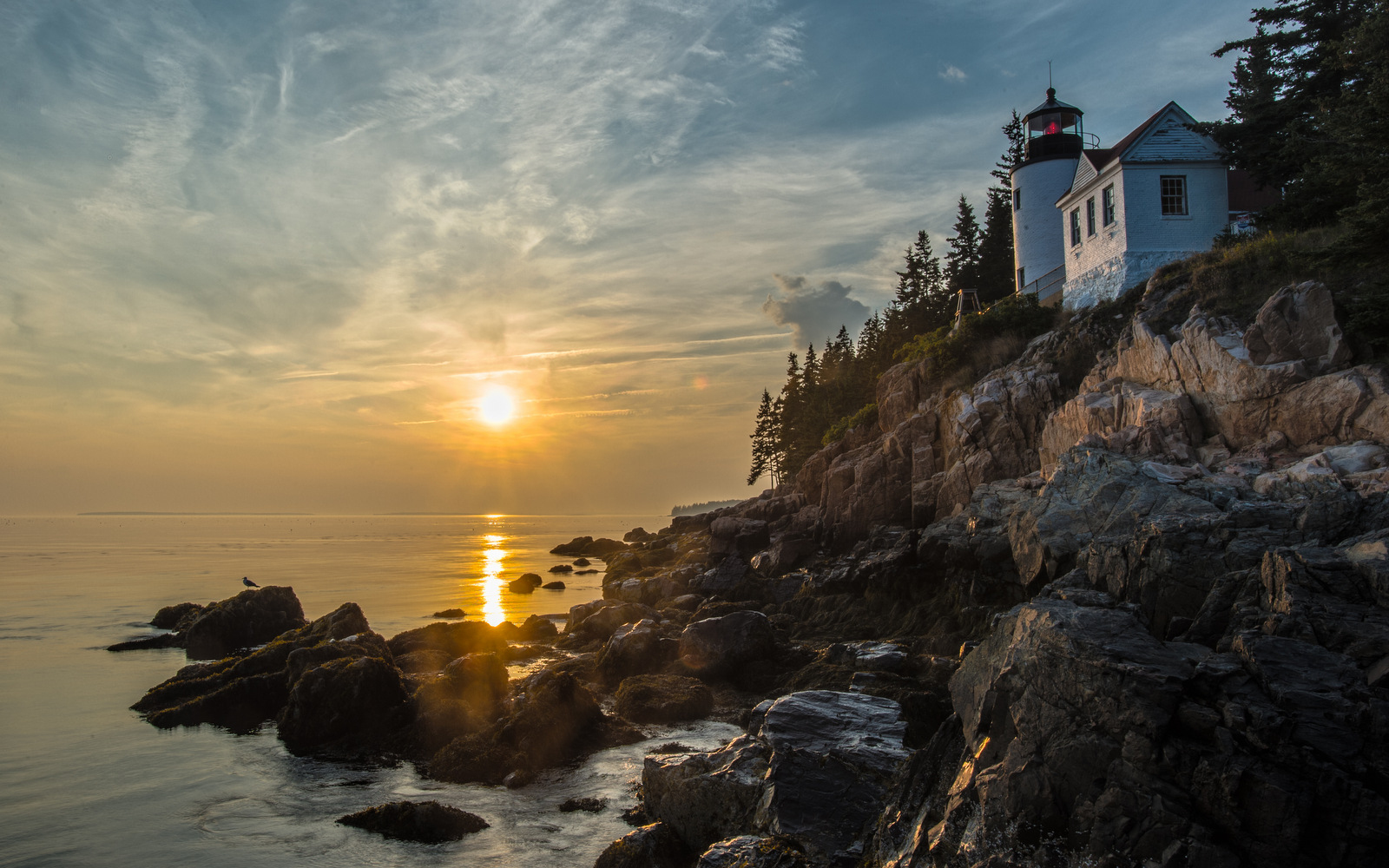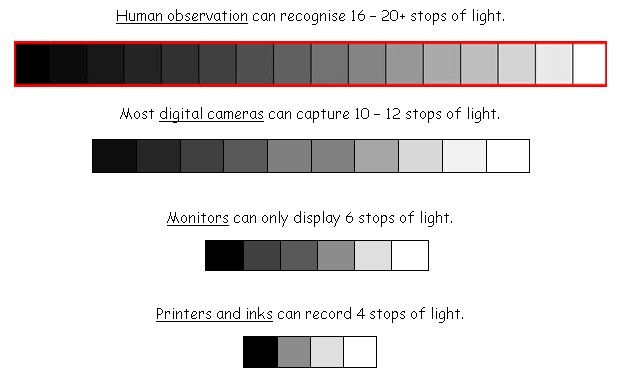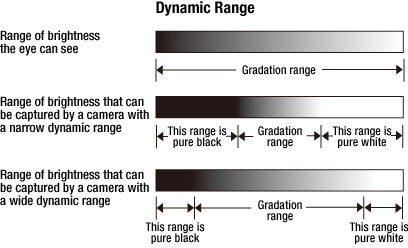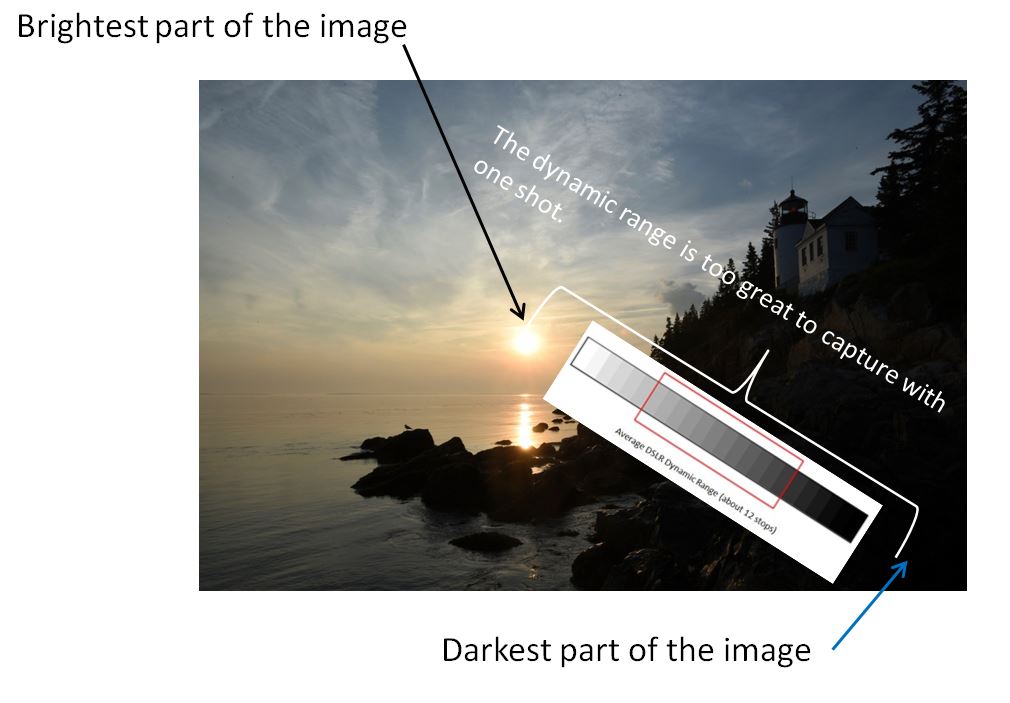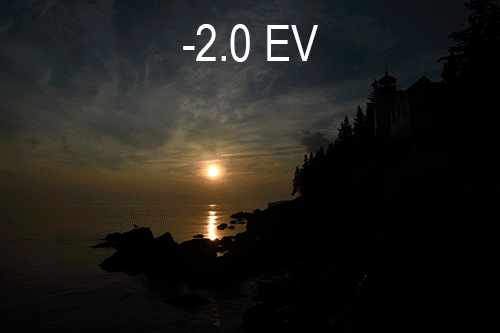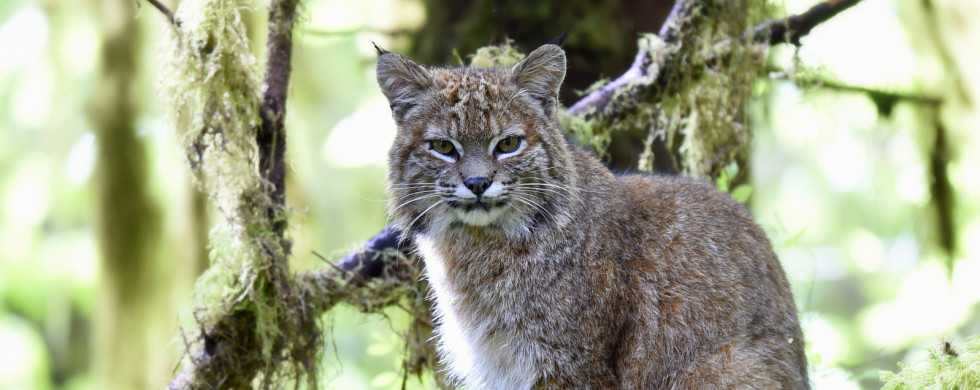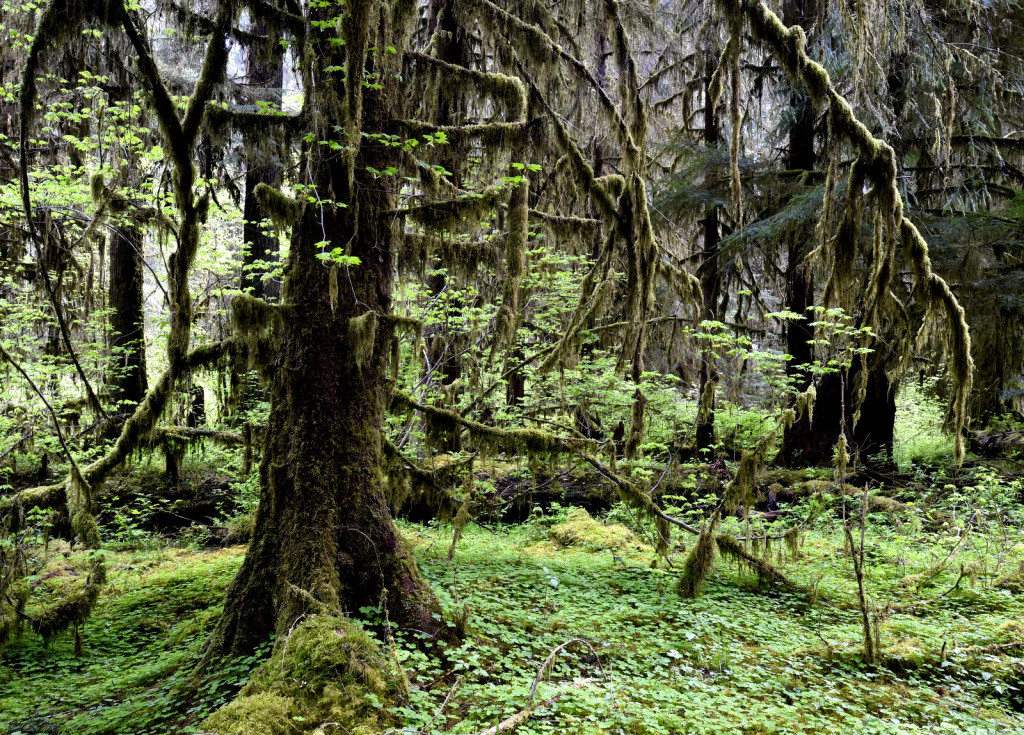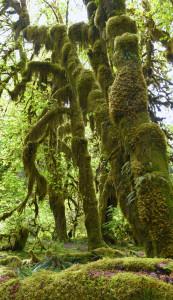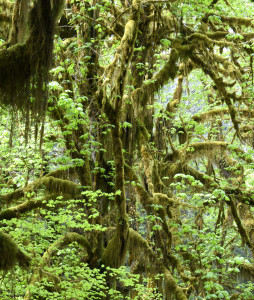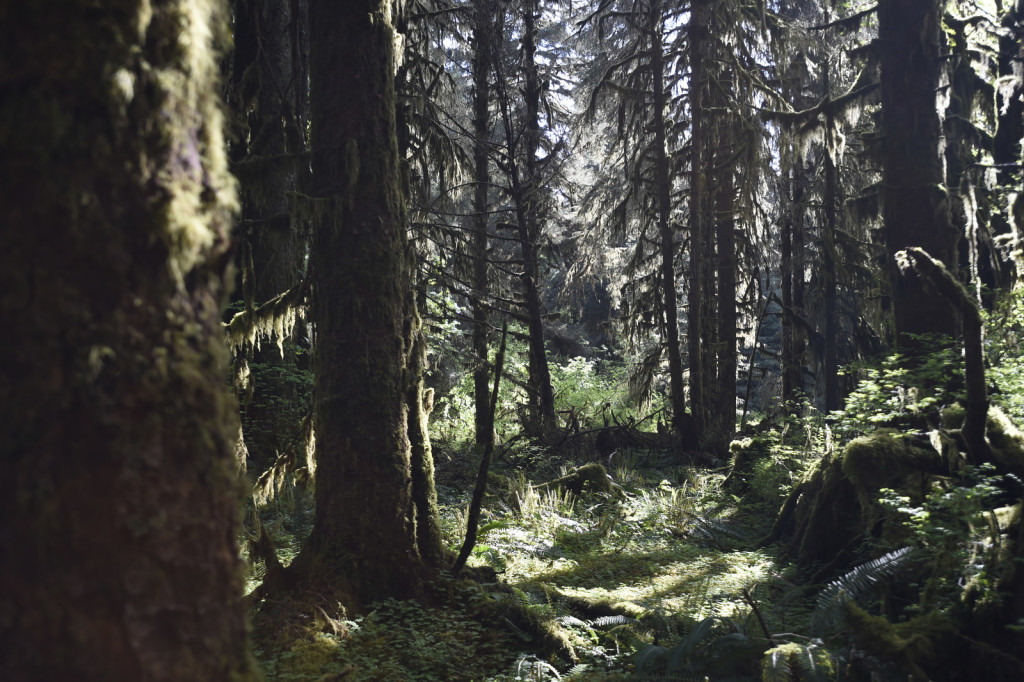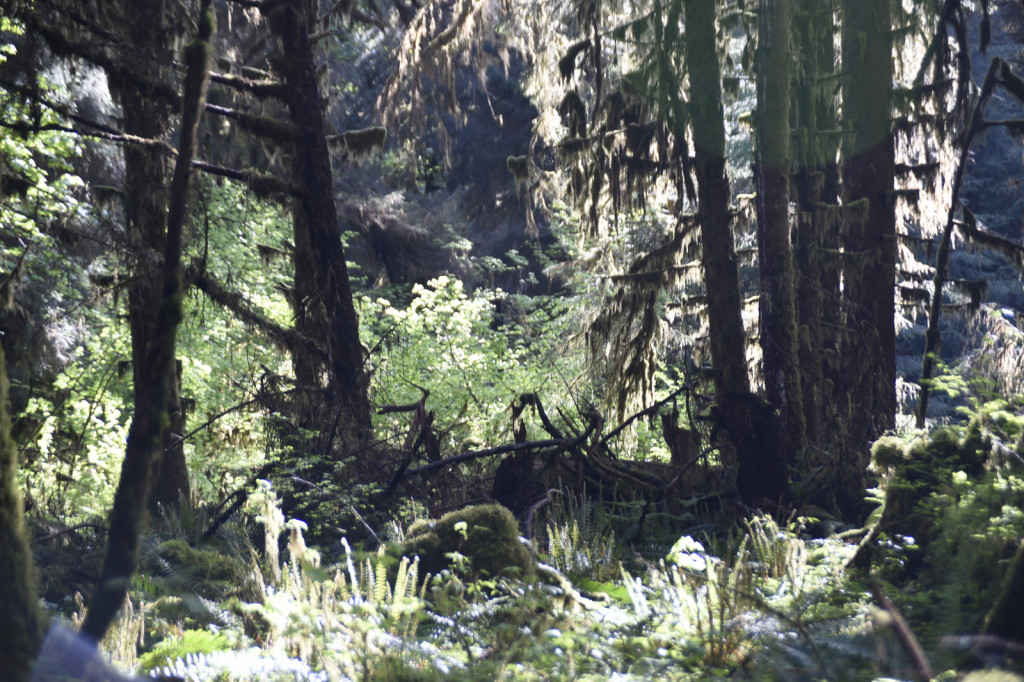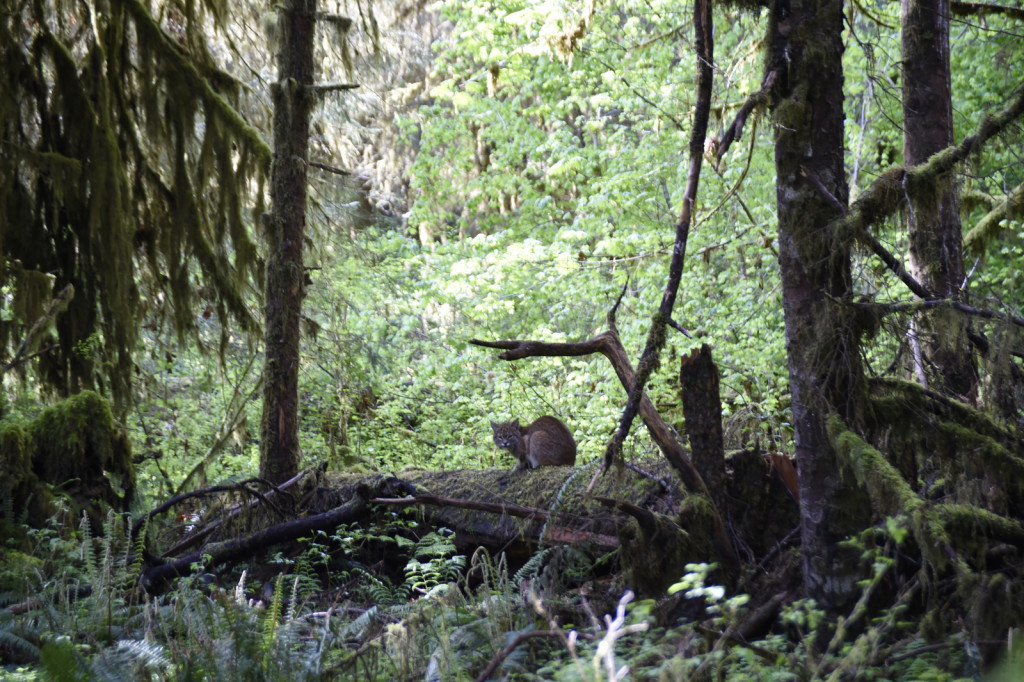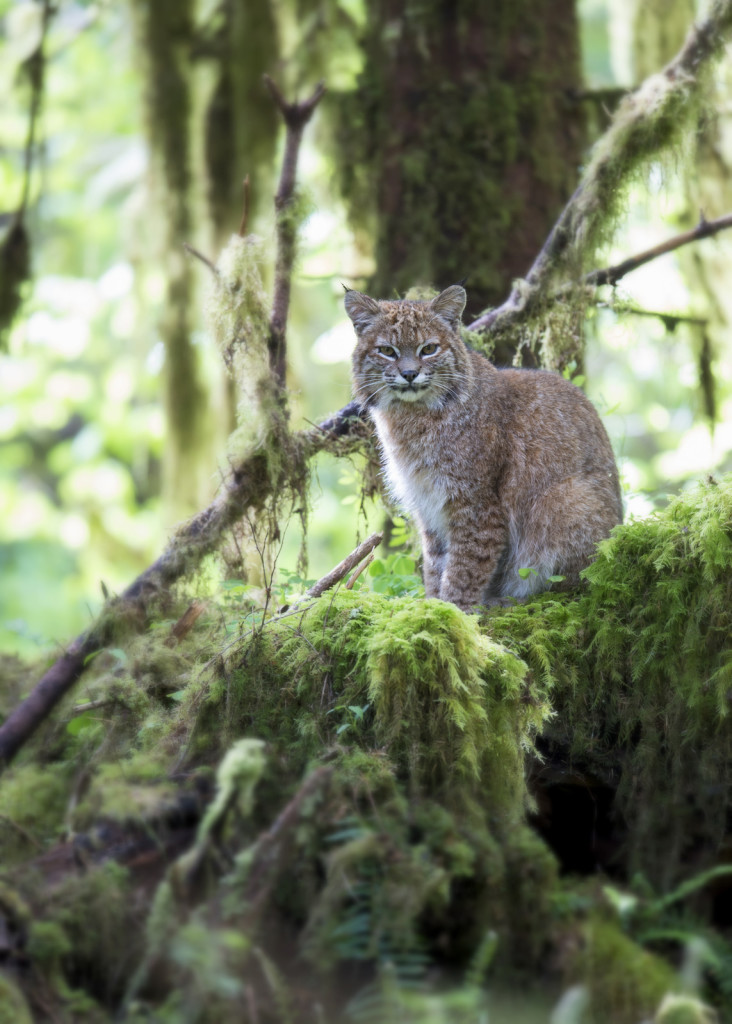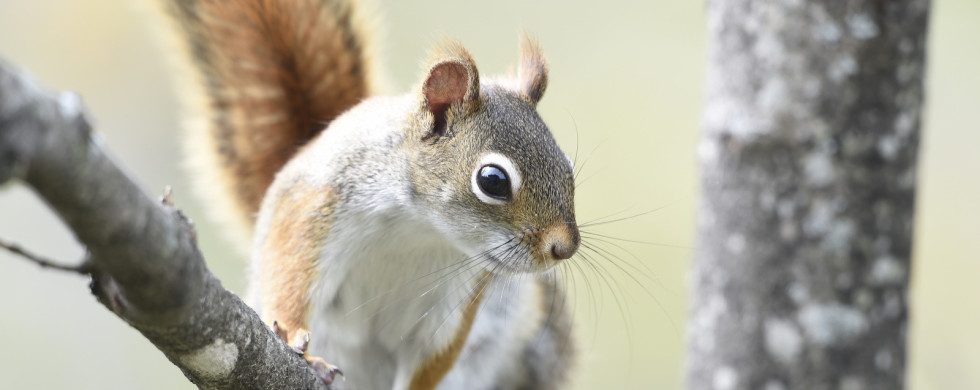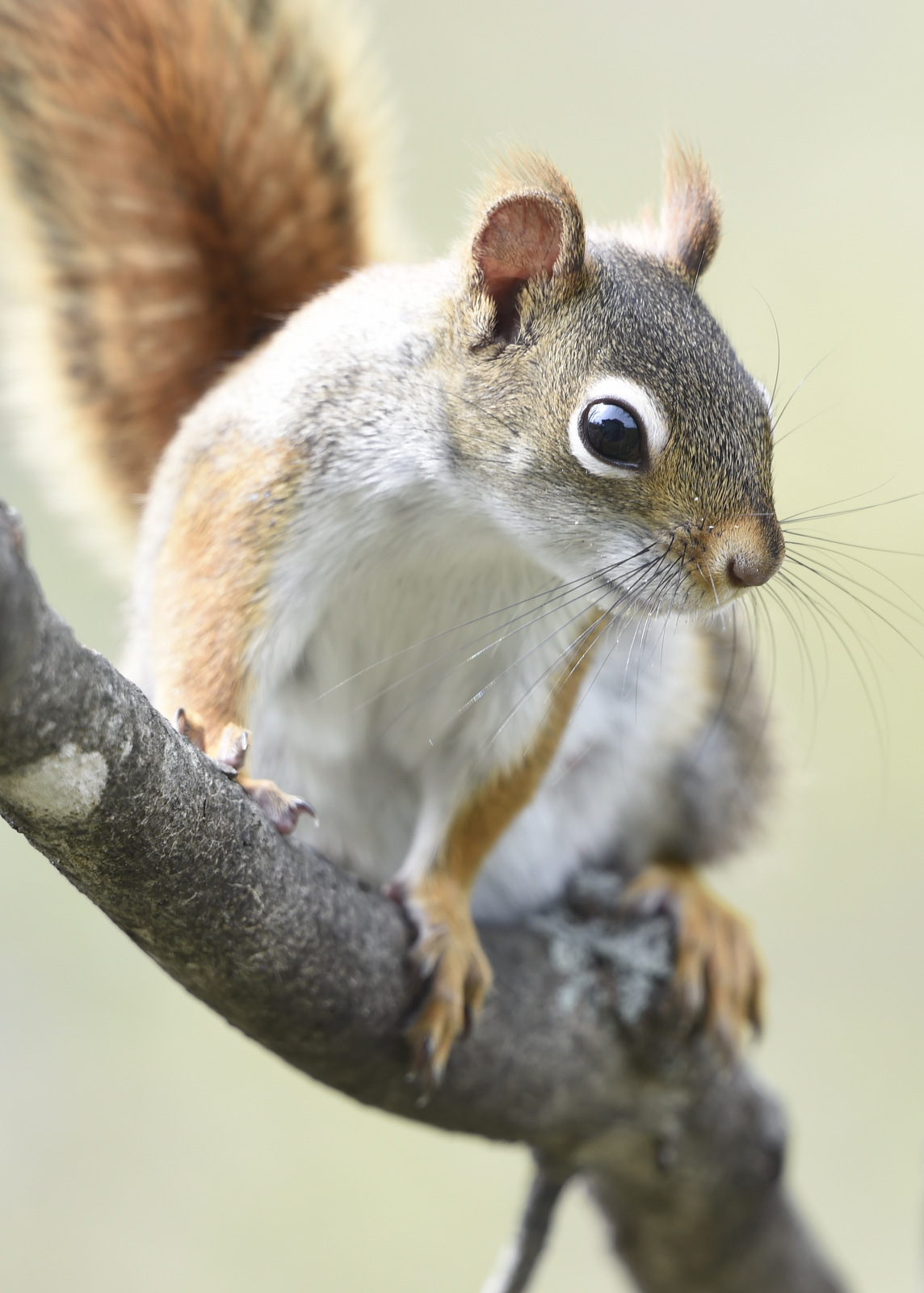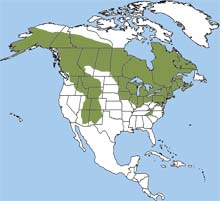31
Shot of the Month – July 2016
It was over in an instant. This “Awwwwwl”-inspiring shot of an Atlantic Loon chick riding on its parent’s back was taken in 1/1,000th of a second. Sounds easy and pretty painless. But not so fast Speed Racer — it also took me four years to get my kayak in the right spot to capture this scene.
Why so long you ask? Let’s break it down.
Atlantic Loons, aka Common Loons, spend the spring and summer on lakes and ponds in Canada and Northern US where they breed and raise the next generation of aquatic birds. During the first 2 weeks of life, the tiny chicks can often be found riding on the backs of the adults. Besides being incredibly cute, this behavior helps promote the survival of the wee birds. When so small the chicks are very buoyant and they have a hard time maneuvering in the water on their own. Keeping the chicks off the water also helps avoid the dangers from below, such as from large-mouth bass, and avoid danger from above in the form of Bald Eagles (Source). I have often seen a Bald Eagle circle above a loon family waiting for a chance to pick off a chick. Also during the first two weeks of life, the loon chicks are not able to effectively regulate their body heat and they lose a lot of heat through their feet when in the water. Riding on a parent’s back helps keep them warm and if necessary the chicks can seek shelter under a protective wing (Source), as seen below:
So my challenge was to be in the right place at the right time to capture a behavior that only takes place during just a part of a two-week window each year. And in good light, of course.
In year 1 I had just moved to Vermont and I didn’t know anything about loons, their behavior, where to find them, etc. By the time I discovered my first mating pair, it was too late in the summer and the chicks were too big for back riding. Perhaps next year.
In year 2 I returned to the same pond and monitored the breeding pair as they built their nest and incubated the eggs. For some reason the eggs failed and no chicks. Sad. Maybe next year.
By year 3 I was now tracking loons at two different ponds. In pond #1 the nest was flooded during a thunderstorm and the eggs were lost. At the second pond, I arrived too late (working for a living often gets in the way of photography) and I missed the behavior. Well, there is always next year…..
In year 4 I was tracking loons in three different ponds. In site #1 the nest failed. In site #2 the pair was successful and I managed to catch a couple of days of the behavior and captured a few good shots. In site #3 I found the chicks on what must have been day 2 or day 3 of their young lives. Bingo!! For the next 10 days, I returned to the pond before sunrise each morning and spent a few hours with the loon family before heading off to work.
It was a magical two weeks as I had the chance to glimpse through a fleeting window of opportunity and share in the loons’ first weeks of life. The experience was definitely a highlight of my time living in New England!
And the image was well worth the 126,144,000.001 second wait.
Until next month….m
Nikon D4S, Nikon 600 mm, 1.4 TC (effective 850mm), f/8, 1/1000 s, ISO 2500, +0.333 EV, handheld from a kayak

